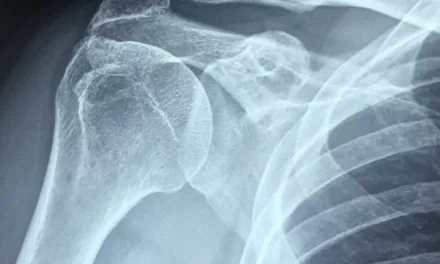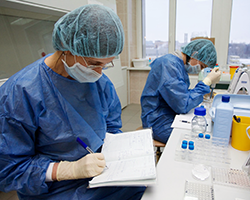Basel, Switzerland – Researchers at ETH Zurich have developed an innovative gene switch that can be activated using a standard nitroglycerine skin patch. This breakthrough, published in Nature Biomedical Engineering, could pave the way for advanced treatments for diabetes and other metabolic diseases.
A Potential Game-Changer in Diabetes Treatment
The human body meticulously regulates metabolism, with specialized pancreatic cells monitoring blood sugar levels. When blood sugar rises after a meal, a complex signaling cascade is initiated to restore balance. However, in diabetes patients, this regulatory mechanism malfunctions, leading to dangerously high blood sugar levels. Current treatments require regular monitoring and insulin injections—an approach far less precise than the body’s natural system.
Professor Martin Fussenegger and his team at the Department of Biosystems Science and Engineering, ETH Zurich, are exploring cell therapies that could offer individualized and highly accurate treatments for metabolic disorders. Their goal is to develop solutions that not only manage but potentially cure such diseases.
How the Gene Switch Works
The innovative therapy involves implanting genetically modified human cells under the skin. These cells contain a synthetic gene network that can be activated by external stimuli. The latest development allows the activation of this network via nitroglycerin—a widely available medication.
When a nitroglycerine patch is applied to the skin, the compound diffuses and interacts with the implanted cells, which contain an enzyme converting nitroglycerin into nitric oxide (NO). This natural signaling molecule then triggers the production and release of glucagon-like peptide-1 (GLP-1), a chemical messenger that enhances insulin release, regulates blood sugar levels, and promotes satiety.
Advantages Over Traditional Treatments
Unlike previous gene switches, this new system is composed entirely of human-derived components, reducing the risk of immune reactions or unintended biological interference.
“This is the best gene switch my group and I have developed so far,” said Fussenegger. “It uses a well-established drug and a simple application method, making it a practical candidate for future therapies.”
Looking Ahead: The Future of Cell Therapies
Over the past two decades, Fussenegger has developed multiple gene switches, including those triggered by electrical currents, sound waves, and even music. While physical triggers such as electricity have significant potential, the simplicity and effectiveness of the nitroglycerin-based system make it a strong contender for clinical application.
Despite its promise, the road to widespread adoption remains long. “Bringing a cell therapy to market maturity takes decades, requires extensive resources, and demands rigorous testing,” Fussenegger emphasized. Nonetheless, researchers believe that such therapies could eventually be adapted to treat other metabolic, autoimmune, and neurodegenerative diseases.
Disclaimer
This article reports on ongoing scientific research and should not be interpreted as medical advice. The described gene switch technology is still under development and has not yet been approved for clinical use. Patients should consult healthcare professionals for current treatment options.












